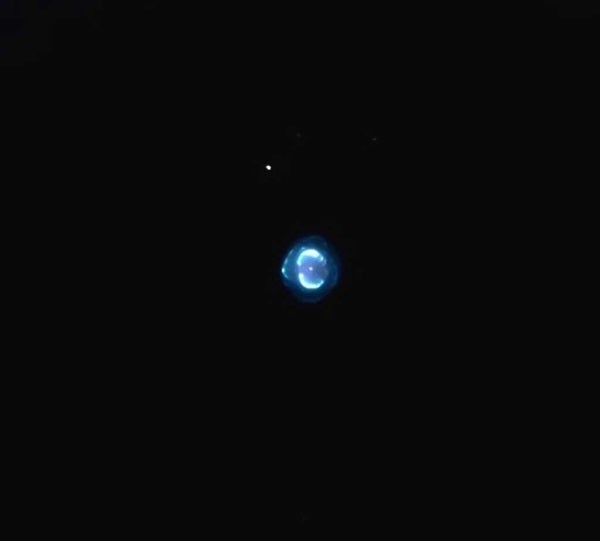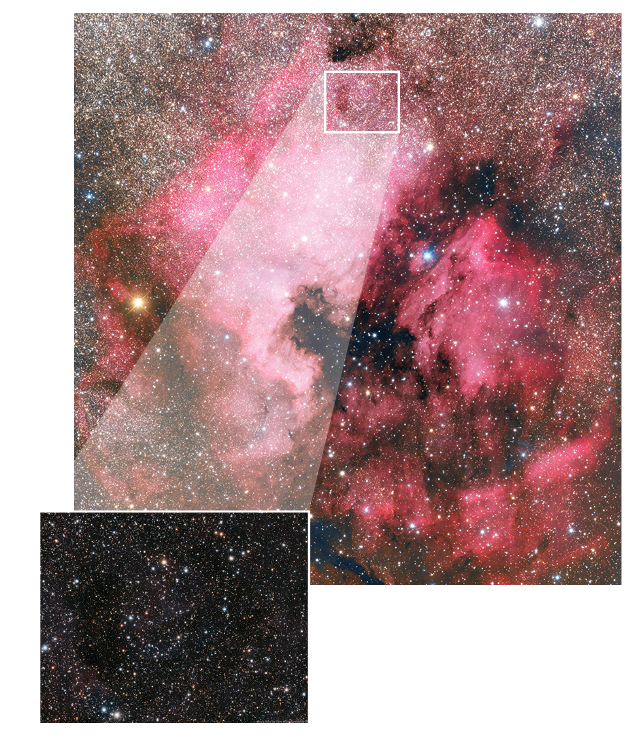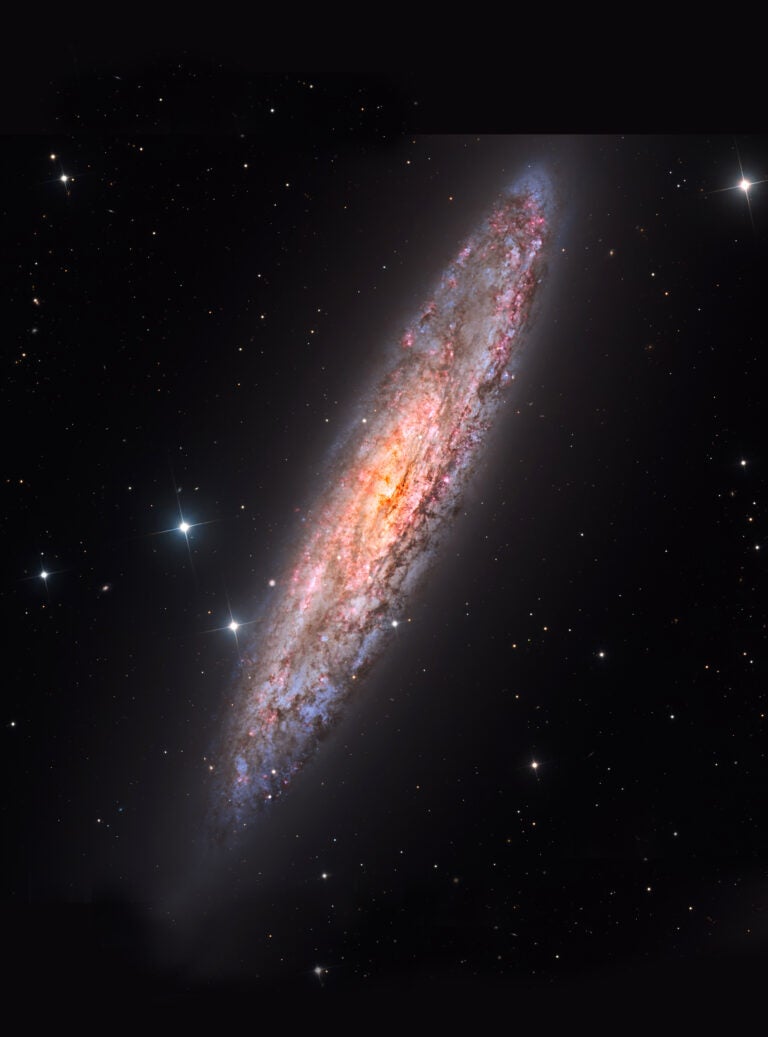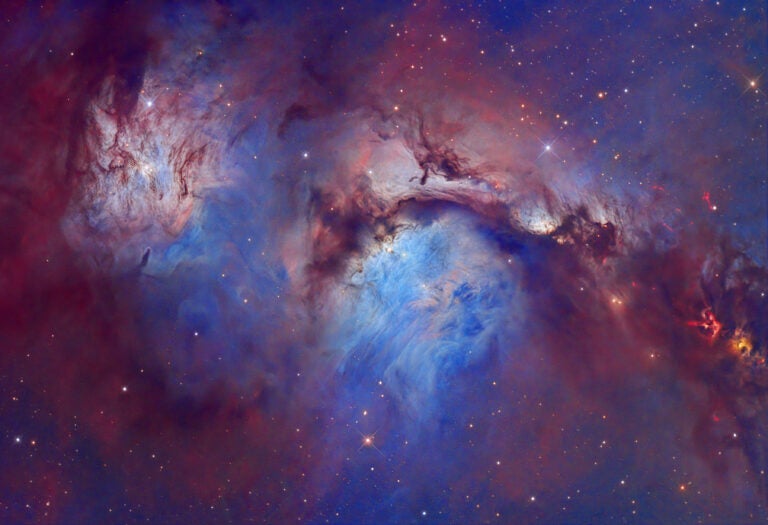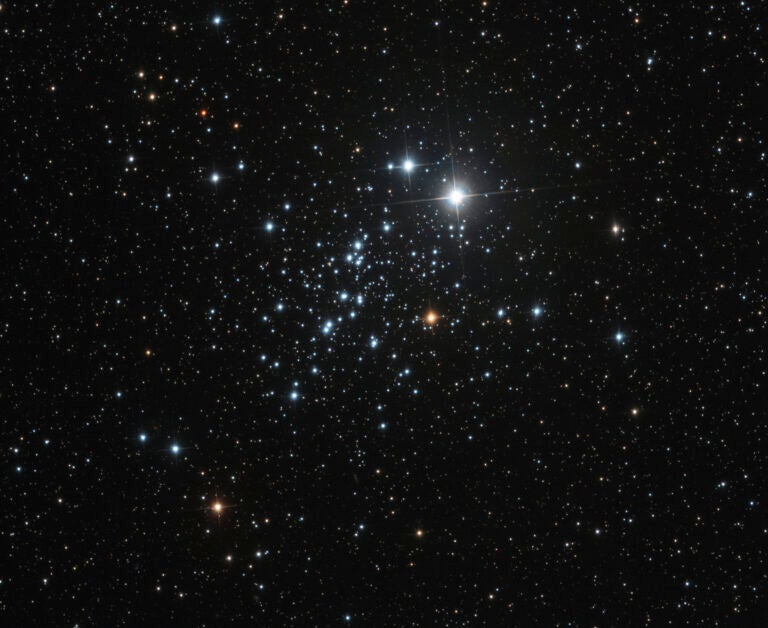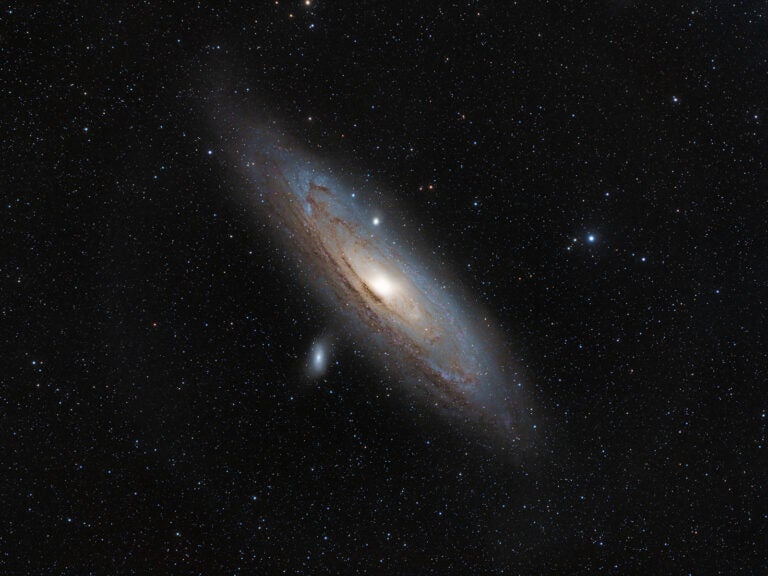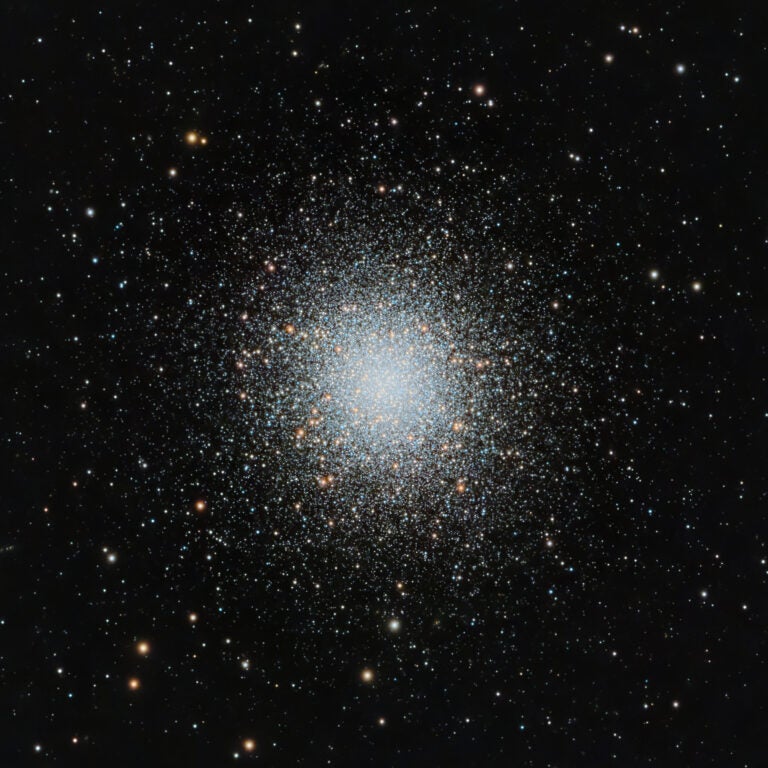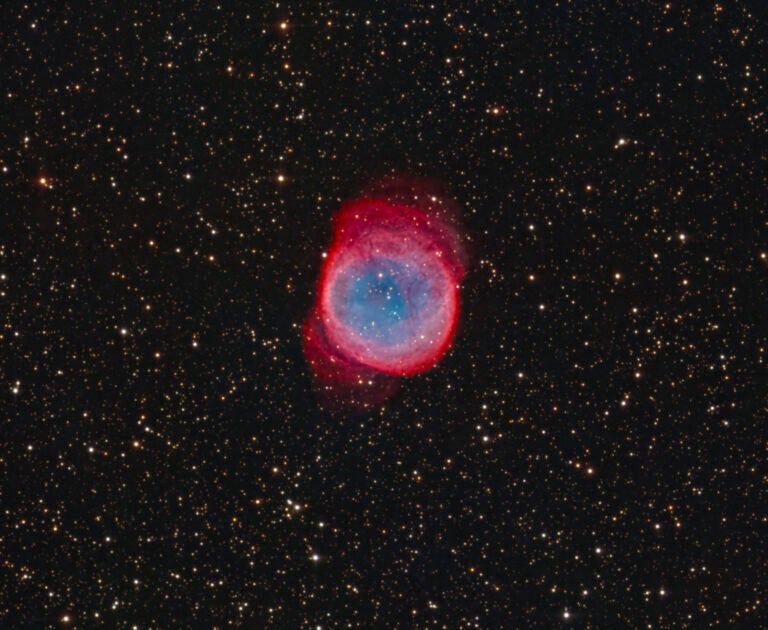
Here is a list with three objects per season which appear really large in the nighttime sky. Please note they aren’t all the brightest, but parts of the objects will be visible through binoculars. And, of course, a small scope will add to your enjoyment.
Winter
Despite being some 10° long, Barnard’s Loop is one of my list’s most challenging objects because of its low surface brightness. A few observers have seen it without optics, usually by holding an H-beta filter in front of their eye. The Loop is the remnant of a supernova explosion about 2 million years ago. The gases fluoresce because of hot young stars in and near the Orion Nebula (M42).
If you head about 9° southeast from Betelgeuse in Orion, and you’ll see a glow in the Milky Way. Train a rich-field telescope or binoculars on it and the Rosette Nebula, an 80′-wide star cluster and emission nebula, will appear. The Rosette is part of the Monoceros OB2 molecular cloud. At 5,000 light-years away, the star cluster at its center is magnitude 4.8, easily bright enough to see with the naked eye.
Another option is the Lambda Orionis Nebula, also referred to as the Lambda Orionis Ring. Your best chance to catch it is by taking a piggyback image of Orion, which will easily show a large faint circle of nebulosity around the star Lambda (λ). The nebula is a real challenge to observe visually, but it can be glimpsed through large binoculars — especially those equipped with light pollution filters.
Spring
South of the Big Dipper’s handle is the Coma Star Cluster, part of the constellation Coma Berenices. It has about 40 members and is only 280 light-years away. This cluster shines at magnitude 1.8 and covers over 5° of the sky.
The brightest galaxies in the Virgo Cluster are visible through binoculars, but a 6-inch scope will let you examine more than 100 members of this cluster, which spans 8°. Centered on the giant elliptical galaxy M87, whose supermassive black hole was the first ever imaged, the center of the cluster is about 54 million light-years from Earth and is the most distant object on our list.
Also on your to-view list should be the zodiacal light, which is often visible after sunset in the spring and before sunrise in the fall (in the Northern Hemisphere). It’s a large triangle-shaped glow emanating from the horizon and caused by the scattering and reflection of sunlight by interplanetary dust. The zodiacal light will usually be visible to an altitude of 20°, but in dark skies you can track it a lot higher.
Summer
The Serpens-Aquila rift starts west and slightly north of Altair and flows south, broadening to the west toward Serpens. This dark area obliterates the stars on the west side of the Milky Way. The creamy band of stars reclaims dominance in Serpens before submitting to the dust clouds in Sagittarius.
Also along the Milky Way’s band but in the central rift, roughly between Antares and the Lagoon Nebula (M8), the unaided eye can pick up a dark zone, oriented east-west and thicker on the east end. Its outline, much clearer through binoculars, has the shape of a smoking pipe. The Pipe Nebula spans 8° and is made of dark dust clouds between us and the center of our galaxy. The Pipe is part of the even larger Dark Horse Nebula, which is more easily seen from southern latitudes.
In northern Sagittarius spreading north into Serpens is a 6°-wide vista of three major emission nebulae: M17, M16, and Sharpless 2–54. This is a massive region of new star formation in the general direction of our galaxy’s center. You can easily see all three nebulae through binoculars from a dark sky, and even a 4-inch telescope will reveal a wealth of rich detail.
Fall
The star Eta (η) Persei, the Double Cluster (NGC 869 and NGC 884), and the Heart and Soul nebulae (IC 1805 and IC 1848) form a square in northern Perseus and southwestern Cassiopeia. The Heart and the Soul create a rich vista spanning some 5° and contain more than a dozen cataloged objects. You will see several bright spots if you track down these objects, but to observe their nebulosity is a challenge.
Another object that is hardly visible as a soft, barely-there glow to the naked eye but easily seen through binoculars at a dark site is the large emission nebula IC 1396 in Cepheus. It holds several dark nebulae, the most famous being the Elephant Trunk (van den Bergh 142). To spot this through a telescope, you’ll need at least a 3°-wide field of view.
I’ll end my top 12 with the Andromeda Galaxy (M31), a classic that covers more than 3° of the sky. Bright enough to spot with naked eyes, it’s one of the few galaxies large enough to be on our list. Binoculars and telescopes will reveal its two satellite galaxies, M32 and NGC 205.
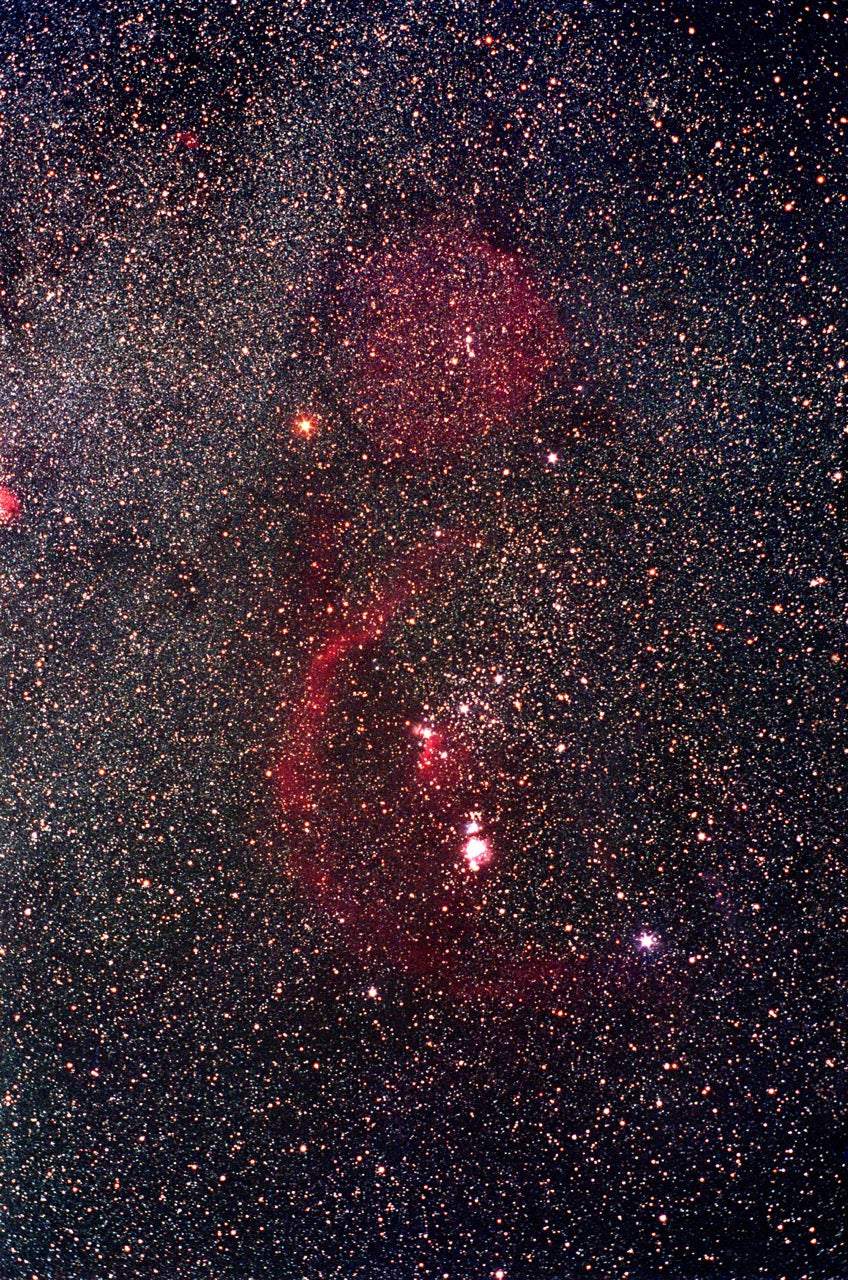
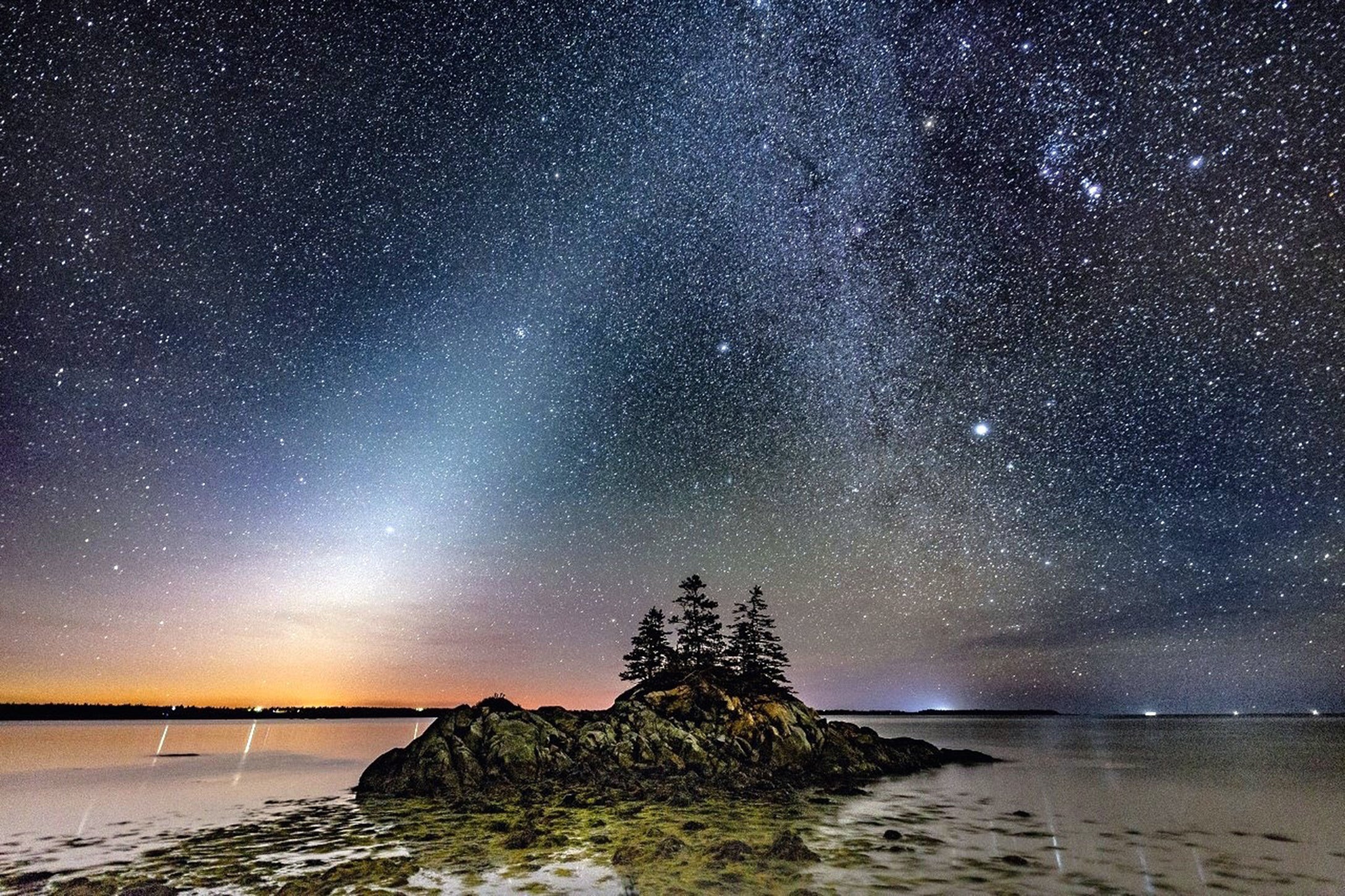
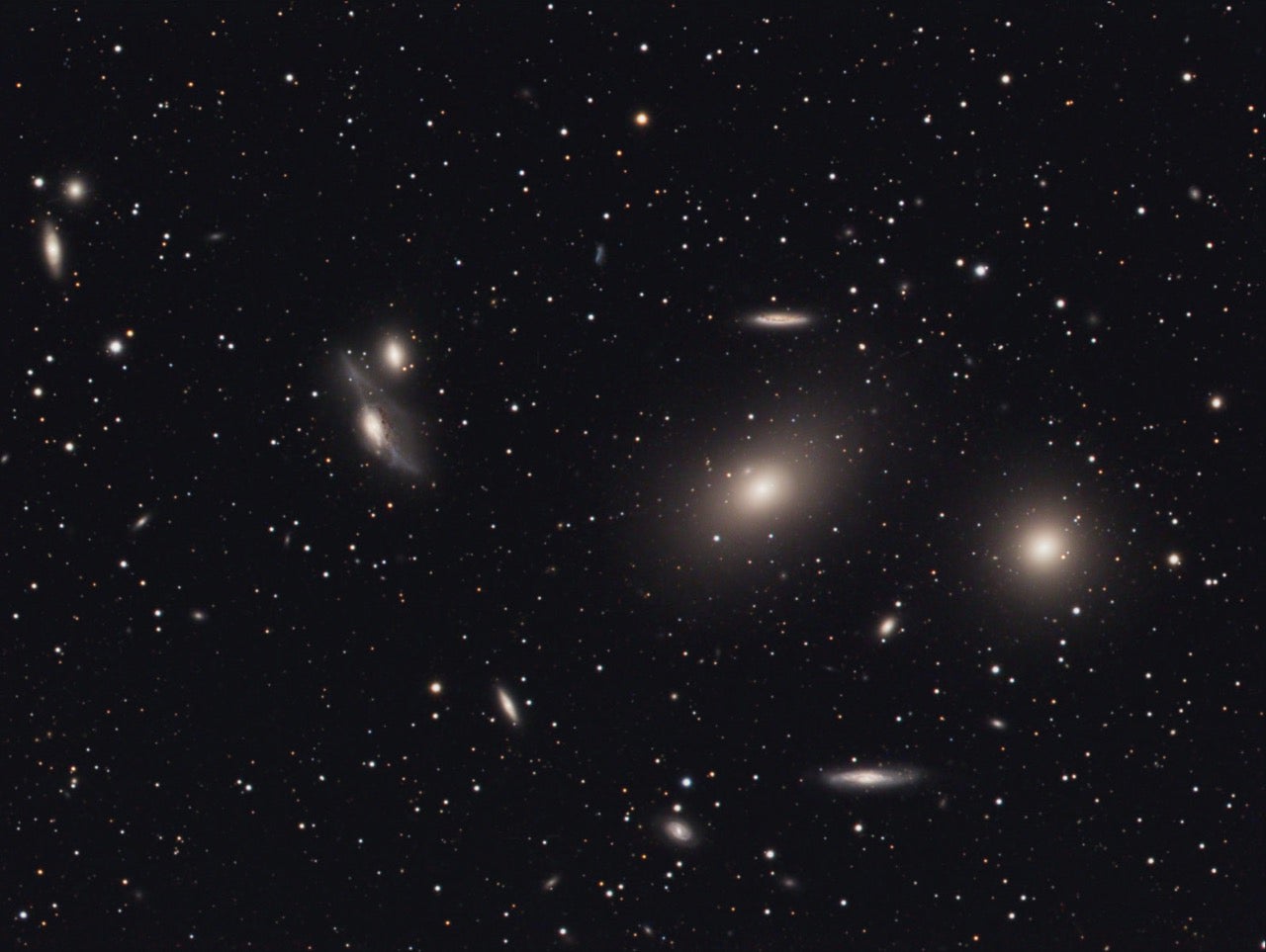
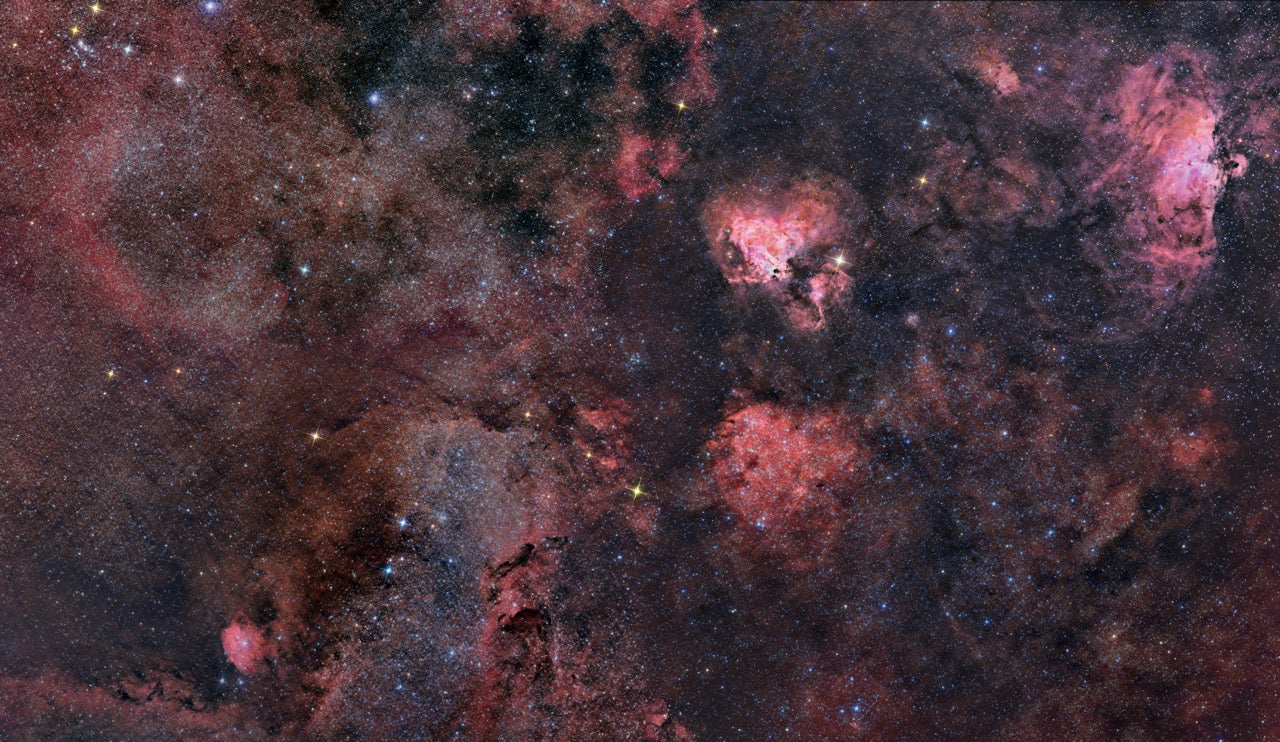
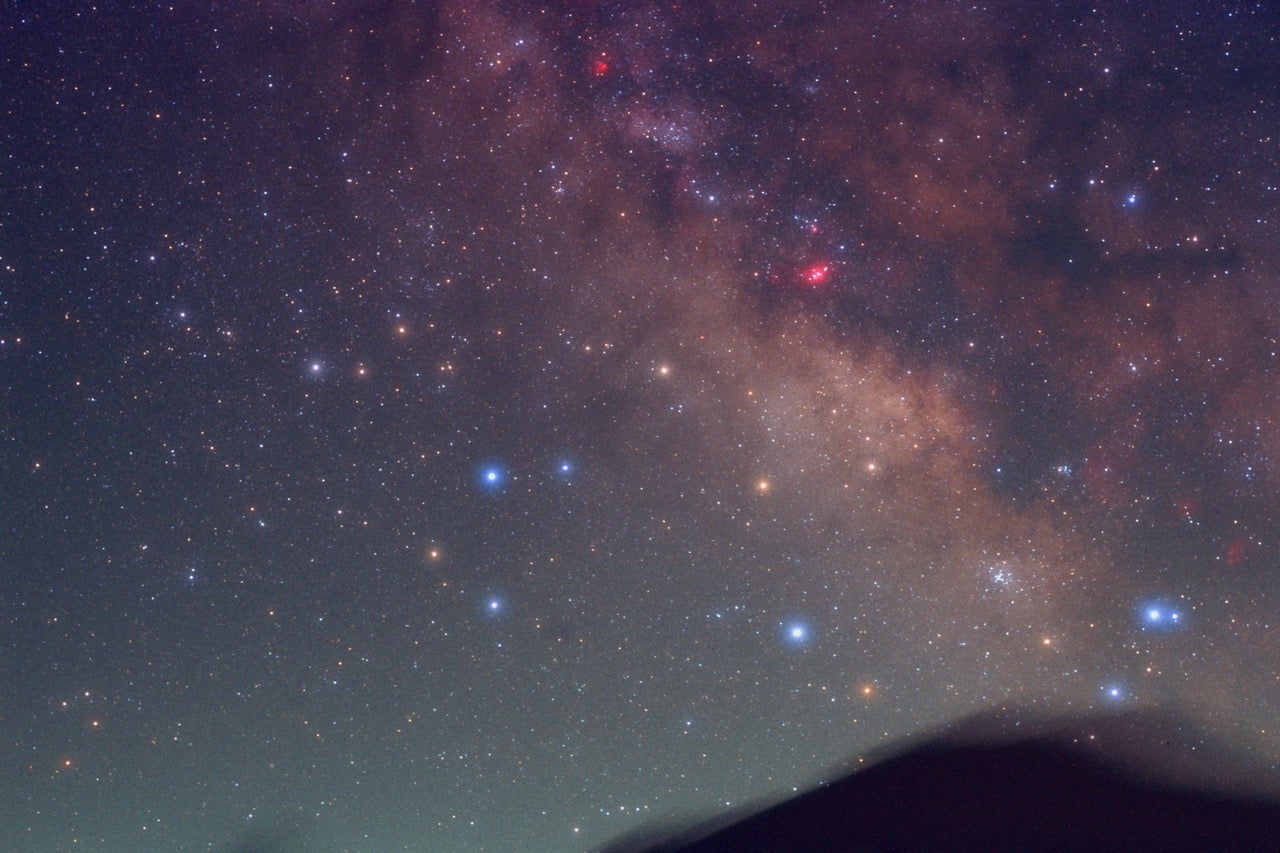
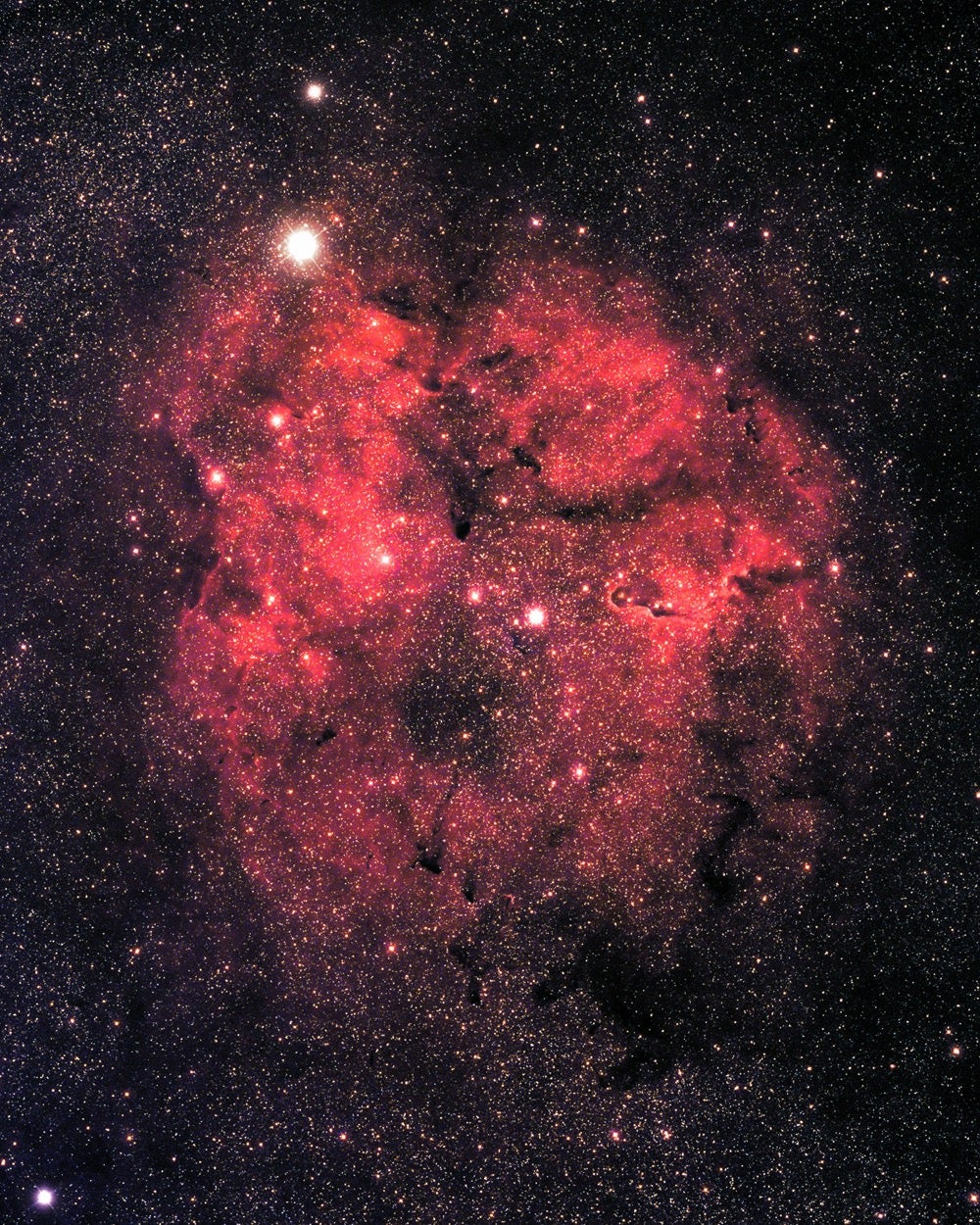
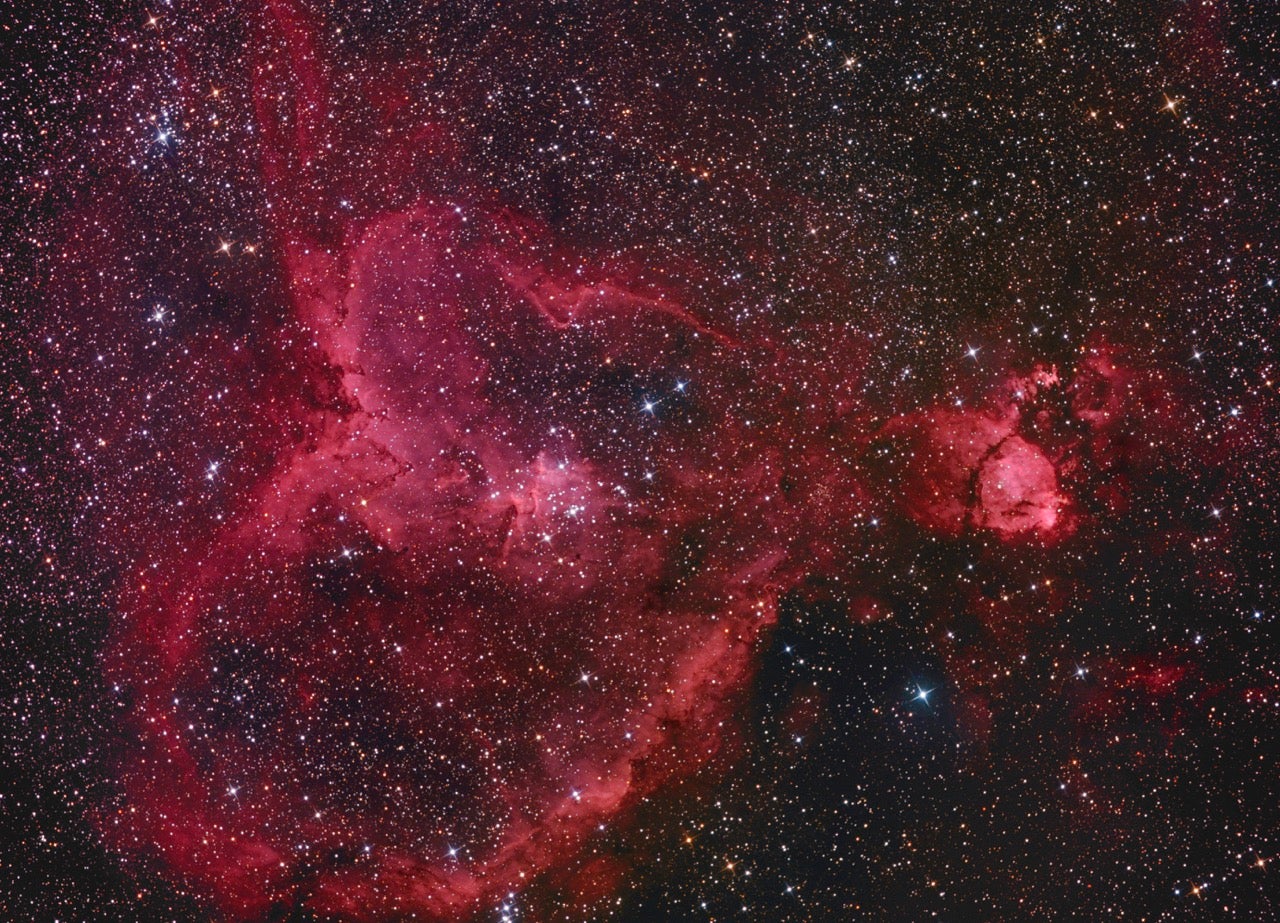
Find a list of 50 super-sized targets here.

